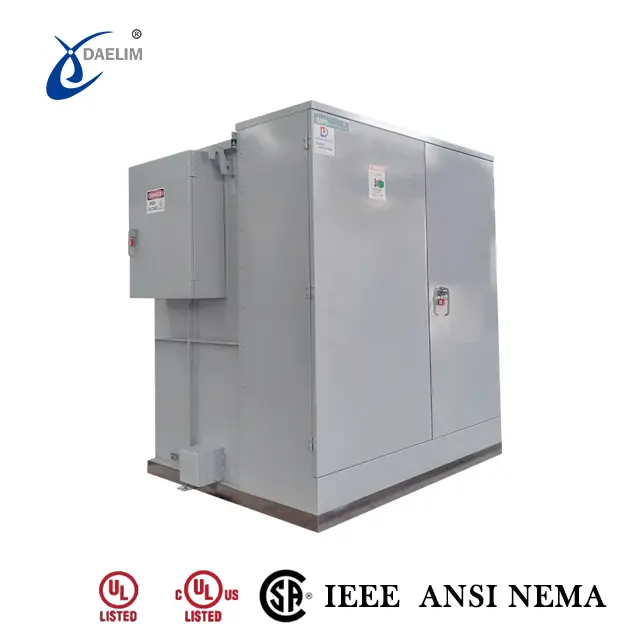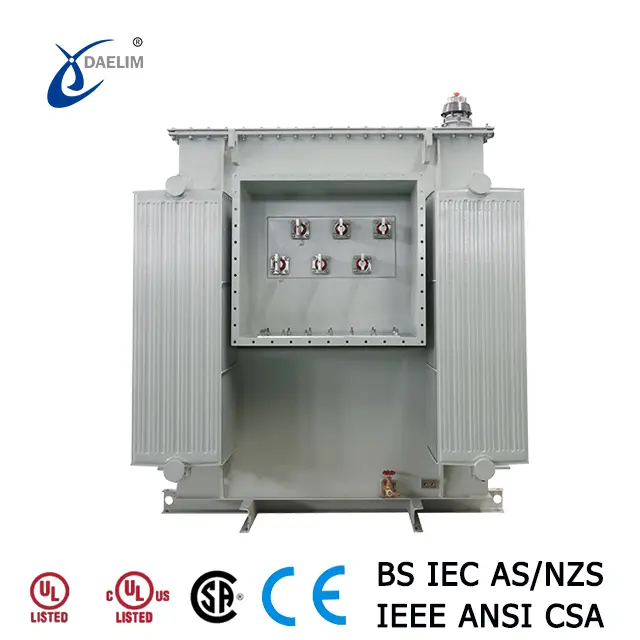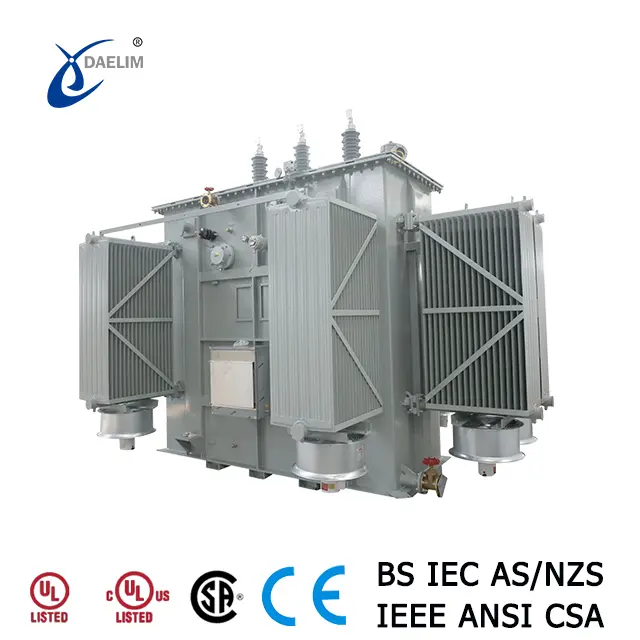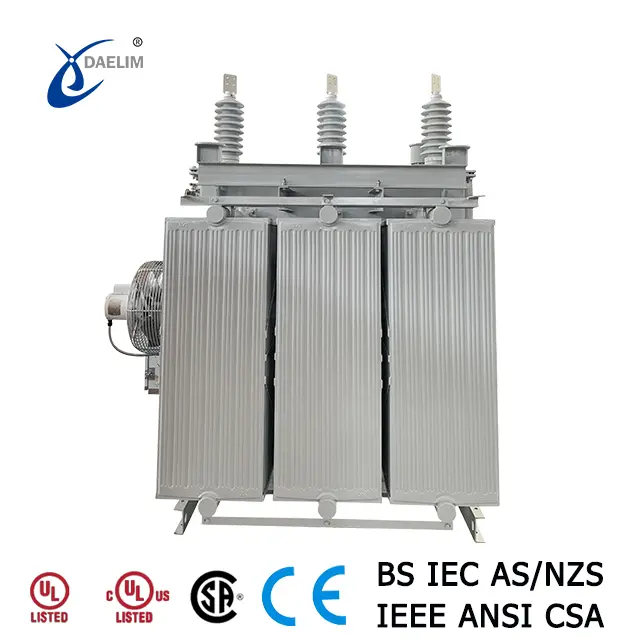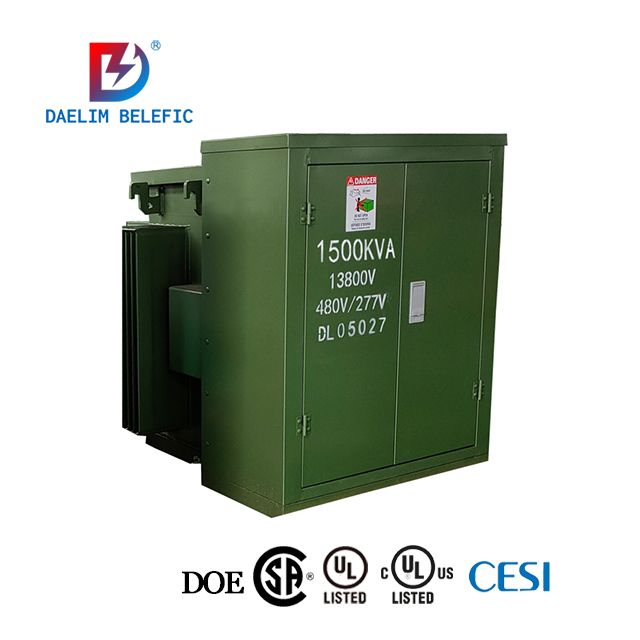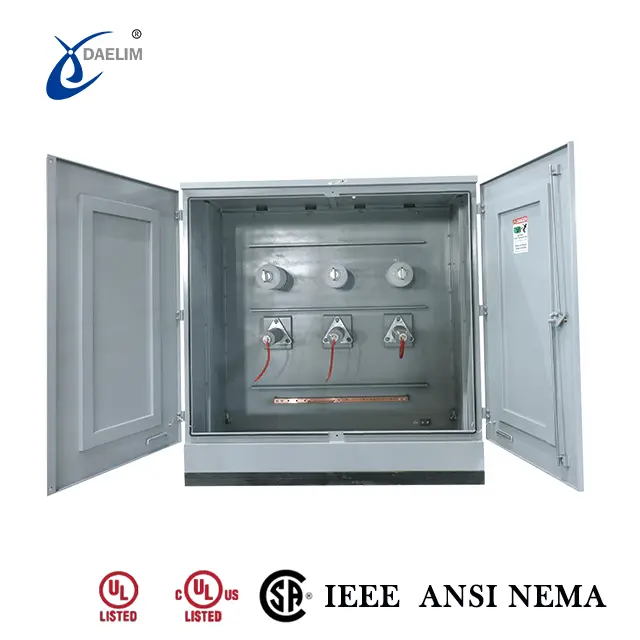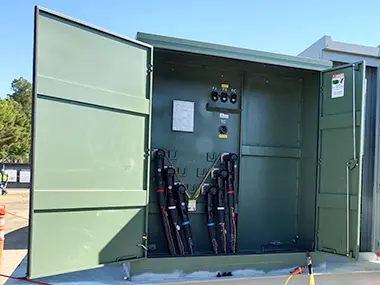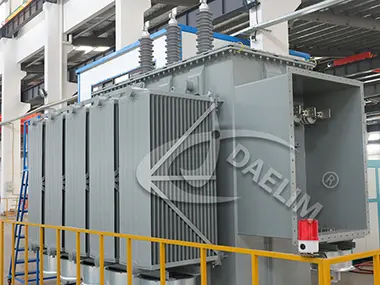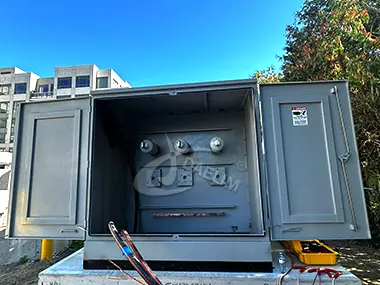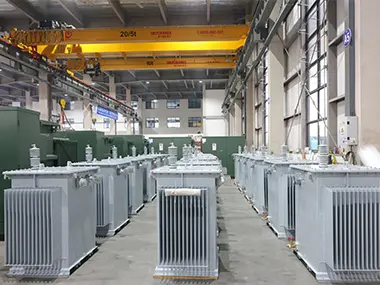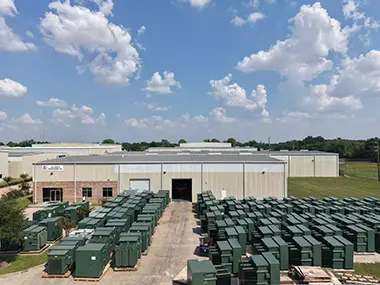K Factor Transformer Explained
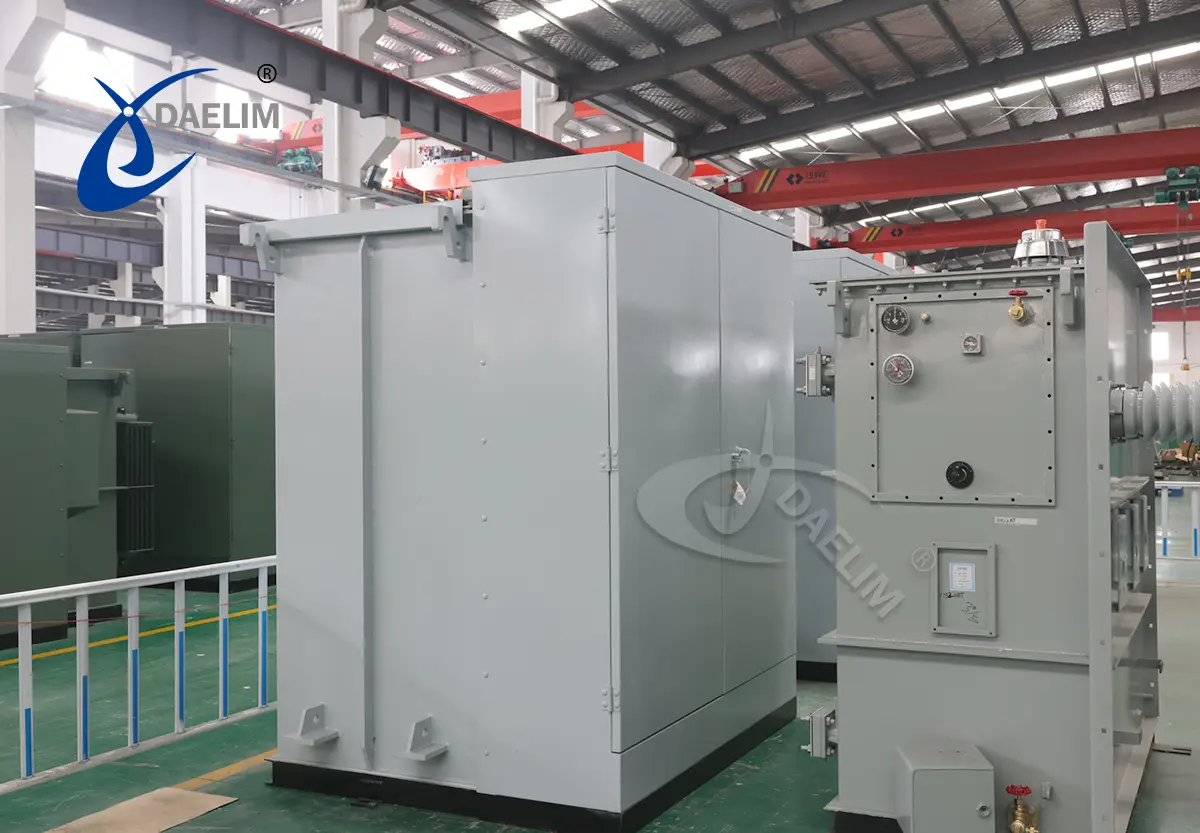
In the age of electricity where most of the day to day tasks associated with human lifestyle are done through electrical devices, the nonlinear load dominates the commercial, industrial and residential applications. This nonlinear load from all types of application makes the Electric transformer operate under increasingly complex operating conditions.
In this scenario, one transformer design parameter that helps an engineer evaluate the ability of the transformer to operate in such complex operating conditions is called the K factor. This is a rating that helps use the electrical transformer ability to resist thermal stresses that are caused by the harmonic current.
Contact Daelim TransformerThis article is all about understanding the K factor transformer. We will discuss from the very basics of this factor to the design essential data needed to deliver a specific K factor and will also discuss the basic differences between a normal and a K factor transformer.
What is the K Factor in Electrical Transformers?
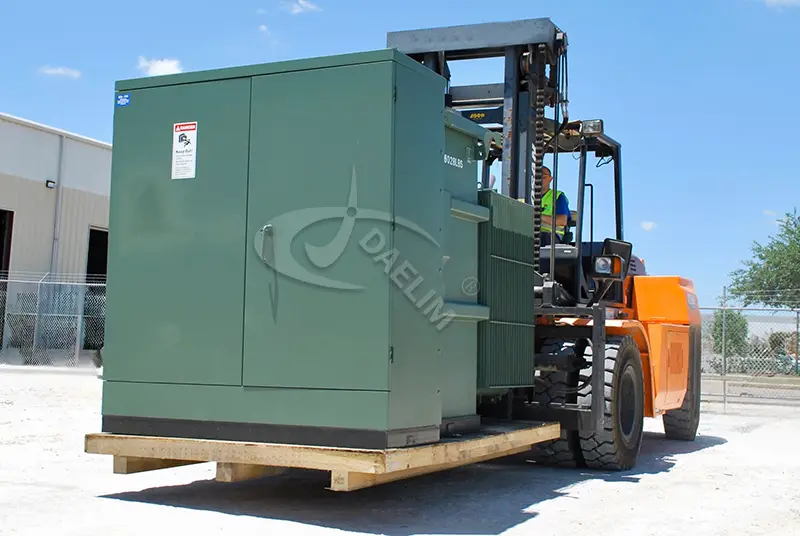 In very simple words, the K factor is a number or you can say a numerical rating that is used to quantify the transformer ability to work under an additional thermal load due to the heat generated by a certain harmonic current.
In very simple words, the K factor is a number or you can say a numerical rating that is used to quantify the transformer ability to work under an additional thermal load due to the heat generated by a certain harmonic current.
It is a reflection of the degree of a harmonic current that a specific transformer can handle safely and without causing any type of damage to the equipment due to overheating. Initially, the electrical transformers were designed to work for a sinusoidal waveform that is also known as the pure waveform and till date it is considered an ideal situation under which the electrical transformer operates. However, with more and more power electronics devices being developed and used for day to day operations of human life, there are rarely any scenarios left where the transformer gets a pure sinusoidal waveform.
These power electronic devices usually have a nonlinear load requirement that distorts the current waveform. This generates a harmonic current and that harmonic produces additional eddy current losses first increasing the transformer temperature. Now, higher the ability of the transformer to handle these harmonic currents and additional eddy current losses, higher will be the K factor of the electrical transformer.
Learn more about K Factor Transformer
Understanding the Basics of Harmonics
What are Harmonics in Electrical Systems?
The harmonics in the electrical system that the transformer supports is the voltage or current waveform that is the integers multiple of the fundamental frequency at which the electricity is being transmitted. The fundamental frequency at which the electricity is being transmitted is either 50 hertz or 60 hertz. This harmonic results in the waveform distortion, deviating from the pure sine wave that is usually assumed in the traditional transformer design.
You may enjoy: Key Principles of High Voltage Transformer Design
What are Sources of Harmonics
The harmonic in the electrical system can be produced by any electrical device that operates on a nonlinear load. Now these nonlinear load electrical devices can be industrial equipment or electrical equipment of domestic use. Some of the commonly known electrical devices that produce harmonics in electrical systems are as follows:
Power Electronic Equipment
Type of power electronics system produces harmonics in the electricity supply system and these electronic systems or devices include the variable frequency devices, rectifiers, all types of electrical inverters and switch mode power supplies just like those found in the computers or TV.
Industrial Arcing Devices
All types of industrial devices that have arcing in their working principle produce very heavy harmonics in the electricity supply system. These industrial machines include electric furnaces that are used in heating and melting metals and its alloys, all types of welding plants and large size fluorescent lights that generate harmonics due to the nature of the electric arc produced during their working.
How is the K Factor Calculated?
Now that we know the basics of the K factor transformer and all about the harmonics produced in the electrical system by nonlinear load electrical devices, we can calculate the K factor for the electrical transformer so that we have a quantitative representation against which the electrical transformer needs to be designed.
You may enjoy: Transformer Calculation Table
Mathematical Formula
A K factor is a numerical value so it has a very defined mathematical formula from which you can very easily calculate a very specific number that will represent the K factor of the electrical transformer. Following is the mathematical formula for calculating the K factor transformer:
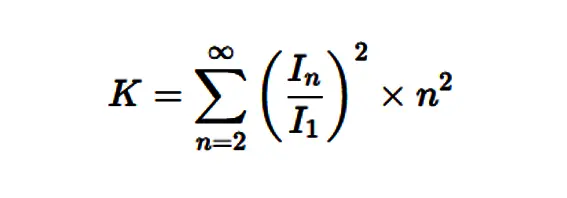
Now in the above formula, K represents the K factor of the electrical transformer, In represents the RMS current of the nth harmonic, I1 represents the RMS current of the fundamental frequency of the electricity and n represents the harmonic order which is usually represented as 2nd, 3rd, etc.
Now when you do the above calculation you will get one numerical value and that numerical value will represent the K factor of the transformer. Now higher the value of that K factor is, higher will be the harmonic load on the electrical transformer during operation and opposite to that, lower the value of that K factor is, lower will be the harmonic load on the electrical transformer or you can say more ideal situation for electrical transformer to work.
Measurement Tools to Help Determining the K Factor
Accurate calculation of harmonics produced in the electrical system is very important for the accurate designing of the electrical transformer. Although there is a mathematical formula available to calculate the K factor for the transformer, the parameters you need to put in the formula need to be measured in the existing electrical circuit.
So to measure those parameters, there are certain tools that help you measure those parameters and help you accurately calculate the K factor for electrical transformers.
Power Quality Analyzers
The power quality analyzer is a very powerful and sophisticated electrical tool that is used to measure various parameters associated with the electricity distribution system. This device is used to measure voltage, current, frequency and the harmonic associated with any electrical system. The device is a very comprehensive analysis of the quality of the electrical power running in the specific electrical system. You can use this tool to measure the following features of the electrical network:
- You can measure the total harmonic distortion of both electrical voltage and electrical current in any given electrical system.
- This device can also help you identify the individual harmonic order like which order harmonic is currently being processed in the system.
- It also records the RMS values of the fundamental frequency and the harmonic component of the electrical system.
- This device also provides you with the real time realization of the waveform that exists in the electrical system.
- The device can keep data from multiple tests and will help you export data for any type of post analysis.
Harmonic Analyzers
Harmonic analyzer is another dedicated tool that is specifically designed to measure the harmonic distortion in any electrical system. It works similar to the power quality analyzer but it focuses mainly on identifying and quantifying the harmonic content in the electrical system.
Some of the key features of the harmonic analyzer are as follows:
- It is specifically designed and developed to measure the harmonic distortion and thus deliver a specific harmonic order of the existing electrical system.
- This is also designed to display the harmonics spectrum it measured in any given electrical system.
- This device is also designed to offer the operator a frequency domain analysis of the given electrical system.
- In some latest models, the device is capable of forwarding the final K rating of the electrical system against which the transformer will be installed by doing the calculation all by itself.
Types of K Factor Ratings and What They Mean
To make things simple and easy for the transformer designer, the transformer K factor is usually divided into a few specific ratings. Following is a complete detail of transformer ratings and what they mean.
K 1 Rated Transformers
The K1 transformer is the electrical transformer with the least level of resistance against harmonics. These are electrical transformers that are typically used in those applications where there is either pure linear loading or near pure linear loading and chances of any harmonic is very low but not zero.
These K1 transformers are recommended for applications like residential load, basic HVAC systems and small resistive heating elements that offer minimum harmonics in the electrical system. These transformers have very basic design and they are the least expensive transformers available in the market. You can consider the same information for K2 and K3 rated electrical transformers.
K 4 to K 9 Rated Transformers
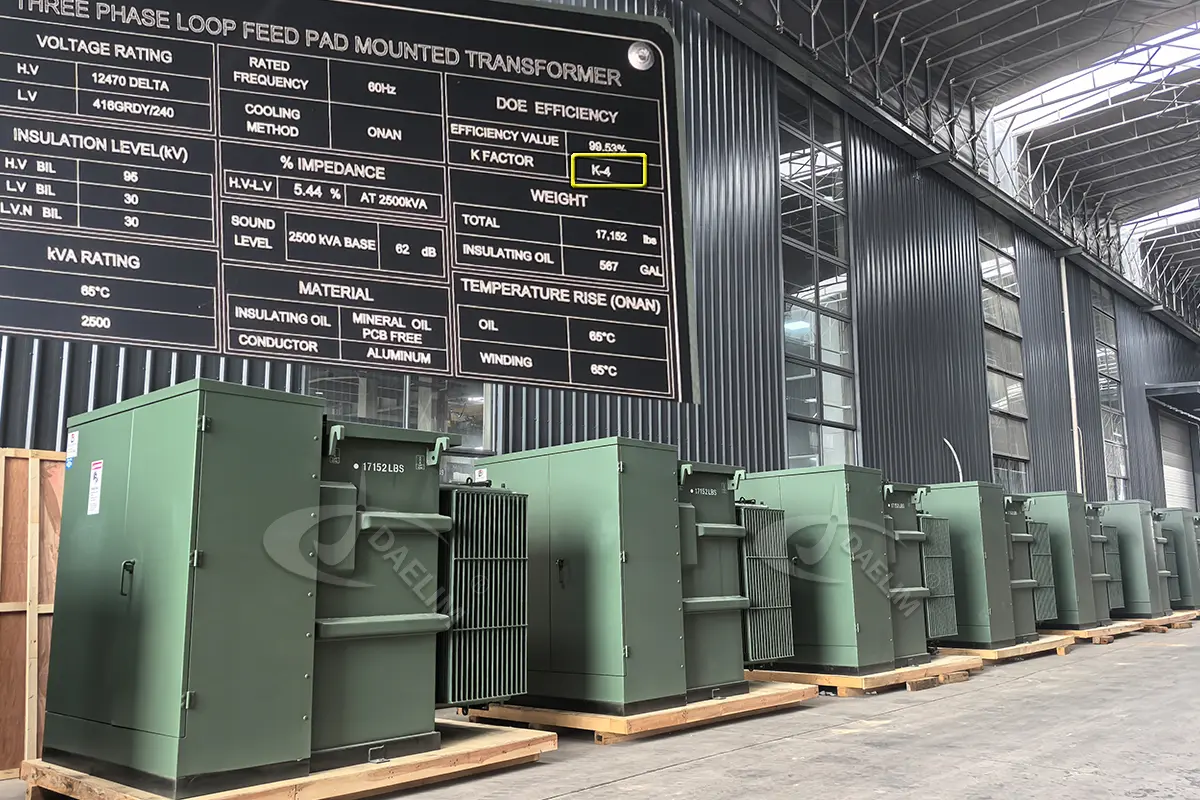 The electrical transformers with ratings between K4 and K9 are the electrical transformers that are moderately rated to process any type of nonlinear loads. This includes the electrical load from all types of residential and office environments like computers, printers, photocopy and monitors. It is important to know that the computers mentioned in this category are computers of domestic use only. Computers used for processing and applications like that of data centres or the computers used for AI are not in this category.
The electrical transformers with ratings between K4 and K9 are the electrical transformers that are moderately rated to process any type of nonlinear loads. This includes the electrical load from all types of residential and office environments like computers, printers, photocopy and monitors. It is important to know that the computers mentioned in this category are computers of domestic use only. Computers used for processing and applications like that of data centres or the computers used for AI are not in this category.
These electrical transformers are built a bit more complex and rugged than the K1 transformers. These electrical transformers are built with improved and high quality wire and have better insulation to handle moderate levels of harmonics in electrical systems and resist overheating.
K 13 to K 20 Rated Transformers
The K13 to K20 rated electrical transformers are those transformers that are designed and developed to resist the harmonics in the electrical system from heavy nonlinear loads like that of specific industrial machinery. These transformers are installed to supply electricity to machinery like variable frequency drives, uninterrupted power supply, servo motors, robotic systems and switch mode power supplies.
These K13 to K20 rated transformers are designed with very enhanced thermal capabilities so that they can efficiently remove the extra heat developed during managing higher harmonic current. These transformers are developed using very heavier conductors in their winding section and have much better core material to resist high temperatures. Similarly, they have efficient cooling and insulation mechanisms to protect all the sensitive parts of the transformer.
K 30 and Higher Rated Transformers (K 50, K 100)
Any electrical transformer that is either K30 rated or higher is a specially designed electrical transformer. These transformers are always dedicated electrical transformers. These electrical transformers are specially made to resist very high harmonic current and nonlinear loading applied due to the nature of load attached to these transformers.
These transformers supply electricity to large data centres, broadcasting and telecommunication facilities, research laboratories that use high electricity intensive equipment, hospitals and medical facilities that use machinery like MRI and CT scanners that produce very high harmonic current in the electrical system due to the nature of their working.
As these electrical transformers are built to resist extreme nonlinear loading conditions, these transformers are always constructed superiorly with very heavy duty material used in winding and having an excellent and highly efficient cooling mechanism. These transformers also have a very advanced shielding mechanism that also includes the electrostatic shield to reduce any type of electrical interference.
Important Considerations When Selecting K Factor Transformer
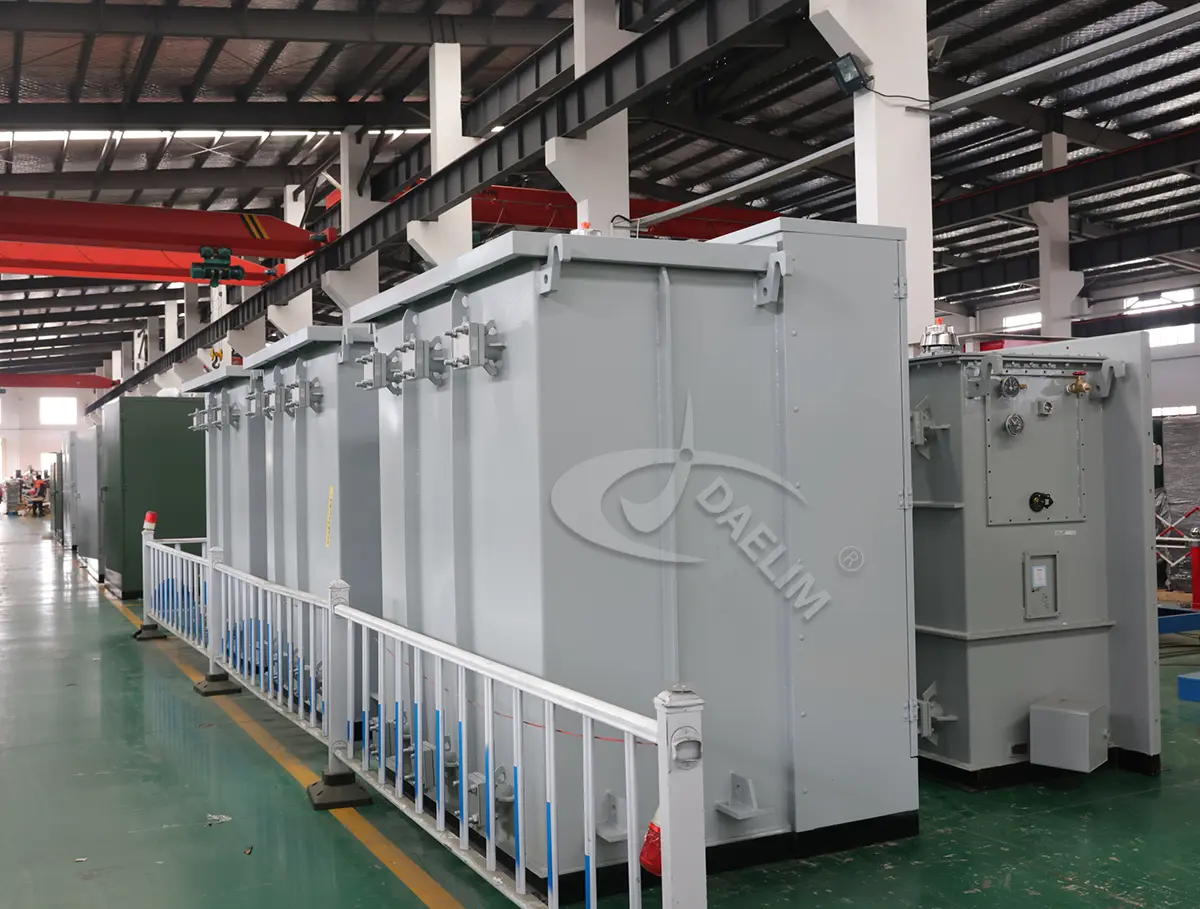 When selecting a specific transformer for your application, you need to consider the transformer K factor as well. There are certain considerations that you need to keep in mind when selecting a specific transformer having a specific transformer K factor rating.
When selecting a specific transformer for your application, you need to consider the transformer K factor as well. There are certain considerations that you need to keep in mind when selecting a specific transformer having a specific transformer K factor rating.
- It is highly recommended to always perform a proper and standard harmonic load analysis on the electrical system and electrical load against which you need to install the transformer. This will give you a clear idea of the system harmonics and the level of harmonics you will be dealing with.
- When selecting a transformer, you need to be careful and not select a transformer that is underrated for your electrical system. Having a low K rated transformer in a harmonic rich electrical environment will lead to serious issues like overheating, transformer insulation failure and early burnout of the transformer.
- It is also important that you do not select an overrated electrical transformer that has a K rating much higher than what is required because this will increase the cost of your project manifold as higher K rating of transformers are much more expensive than those with lower K rating.
- One thing you need to consider and keep in mind when selecting and installing a K rated electrical transformer for your specific application is that the transformer does not eliminate the harmonics present in the electrical system. The K rating of transformer indicates the ability of the transformer to tolerate the harmonics rather than the ability to eliminate or reduce the harmonic.
Get it free: Selecting the Finest Transformer Producers Worldwide
K Factor Transformers vs Standard Transformers
Following is a small comparison between the K factor transformer and standard transformer in a tabulated form:
| Feature | Standard Transformer | K-Factor Transformer |
| Harmonic Tolerance | Low | High |
| Heat Dissipation | Basic | Enhanced |
| Applications | Linear loads | Nonlinear/harmonic loads |
| Lifespan (in harmonic conditions) | Shorter | Longer |
| Cost | Lower upfront | Higher, but better ROI |
Conclusion
The K rated electrical transformer is a special type of electrical transformer that is designed and developed to resist electrical harmonic current in the electrical system. With ever increasing electronic devices, the level of harmonic current in our electrical system is higher than ever. There are several levels of K rated transformers and you need to select a proper electrical transformer with the rating that satisfies your specific need. Choosing the right K rated transformer not only protects equipment but also improves system efficiency, safety, and lifespan.
Follow Up
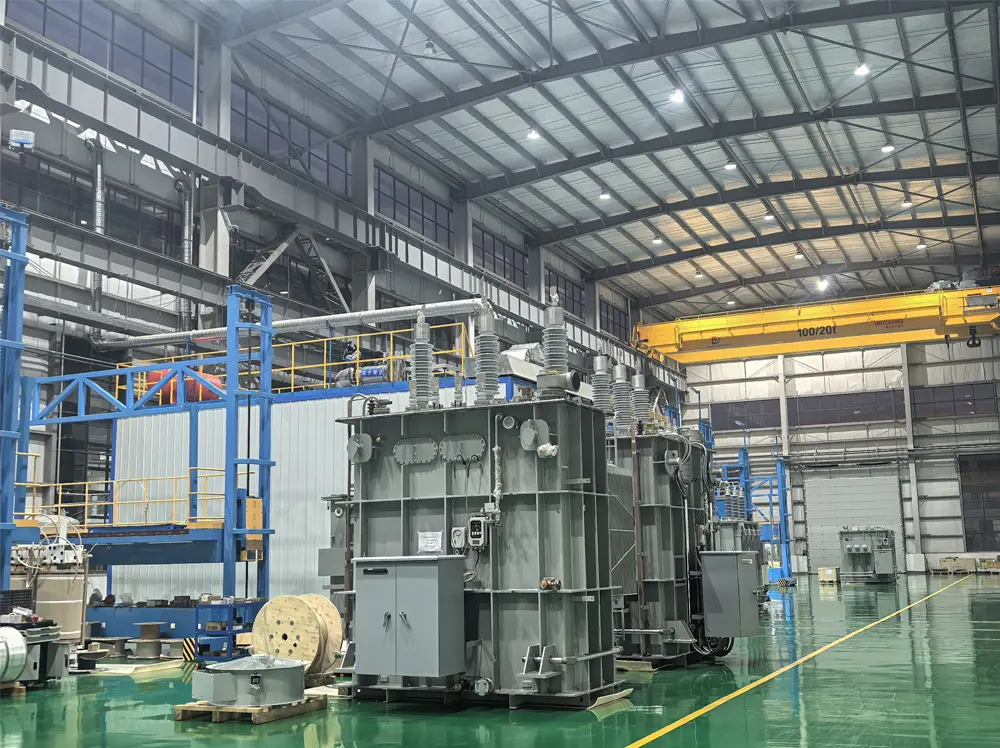
Selecting a proper K rated electrical transformer is very important for the sensitive machinery you have for your specific application. At Daelim Transformer, we design and develop K rated electrical transformers of all types, sizes, and power capacity. Our transformers are designed to satisfy all types of national and international standards including but not limited to IEC, ANSI, IEEE and others. If you have any questions related to K factor transformers, then you can contact us.
Related Products
Related Article
How Do You Wire a Transformer | A Step by Step Guide
This guide explains how to wire an electrical transformer safely and reliably. It covers essential concepts, step-by-step wiring procedures, and critical safety precautions to follow before, during, and after the process. The goal is to ensure proper connections, reliable electricity delivery, and protection of both equipment and personnel.
12 MVA Transformer for Pharmaceutical Manufacturing Operations in Puerto Rico
In 2024, a pharmaceutical manufacturer in Puerto Rico required a reliable power solution to ensure continuous, safe, and efficient operations in a humid, storm-prone climate. Daelim delivered a custom 12 MVA three-phase oil-filled transformer, designed for seamless substation integration, engineered and tested to IEEE and industry standards, meeting stringent pharmaceutical production requirements.
2MVA Live Front Transformer for a Residential Community in Canada
In 2024, a new 300-resident building in Ontario required a robust power solution to withstand extreme weather and meet rising urban demands. Daelim Transformer supplied a 44 kV 2 MVA live-front transformer, designed for dense residential environments. Installed in fall 2024, it now ensures safe, reliable electricity for daily needs and essential communal systems.
Strengthening Electricity Distribution Infrastructure in Canada through 500 kVA Platform Transformers
In 2024, a Canadian utility launched a grid modernization initiative to meet rising electricity demand. Central to the project were 60 custom 500 kVA single-phase platform transformers from Daelim Transformers, enhancing distribution reliability and service quality for hundreds of thousands of residential and small commercial customers across urban, rural, and remote communities.
All you need to know about transformer surge protection
Transformer surge protection ensures electrical transformers remain safe, reliable, and efficient by guarding against power surges caused by lightning or internal faults. The system uses sensors and protective mechanisms to prevent damage or failure. Understanding its components, operation, and recent advancements helps enhance transformer performance, minimize losses, and maintain continuous, safe electricity supply for industrial and residential use.
Fundamental of Medium Voltage Transformer
Medium voltage transformers regulate electricity between generation and distribution systems. They operate at intermediate voltages, ensuring efficient power transfer. This article explains their structure, working principles, components, applications, maintenance, and installation requirements, emphasizing their crucial role in stable, safe, and reliable electricity distribution networks.

